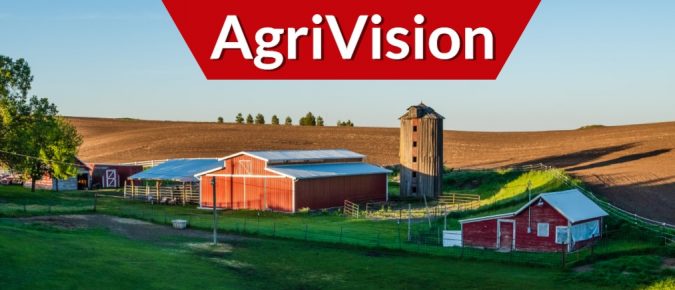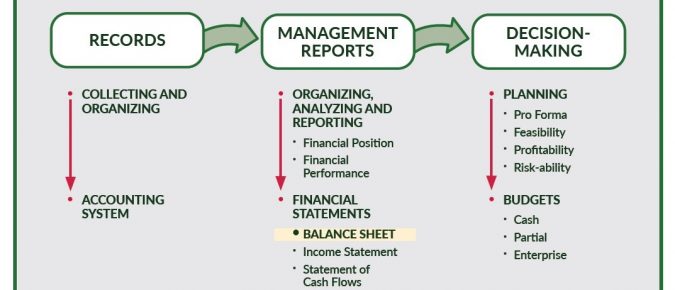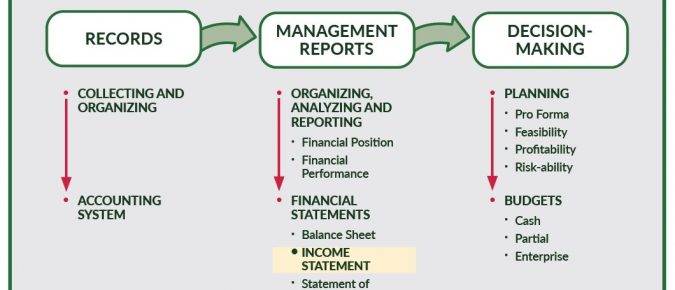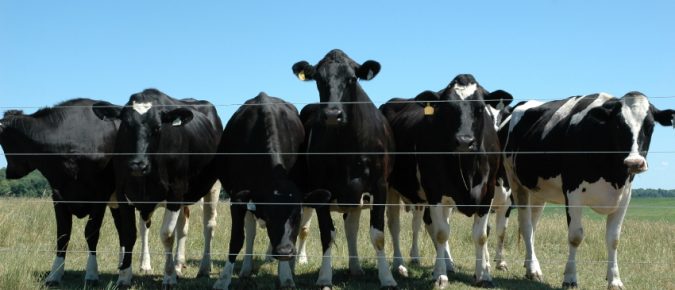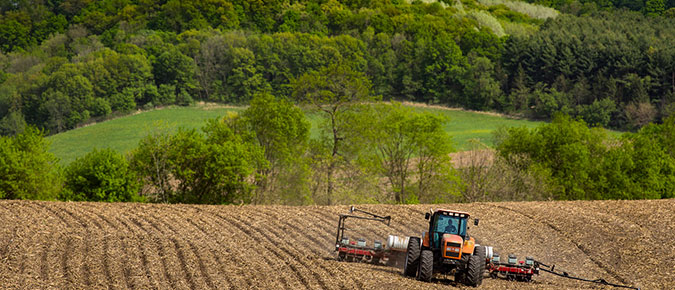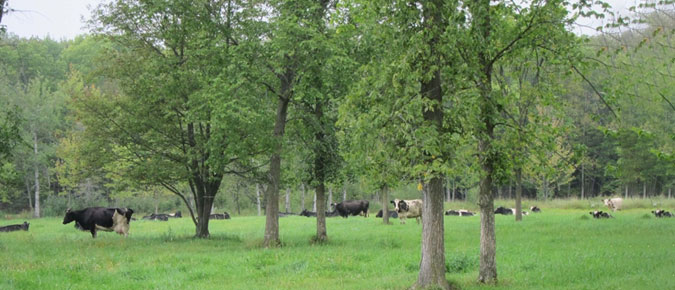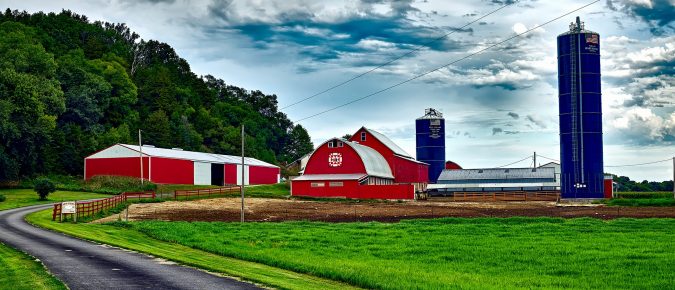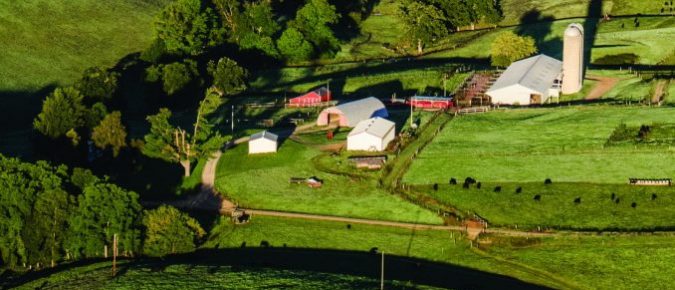Whether on the tractor, in the barn, or at the farm office, farm managers are always mulling over some change to their operation that might improve profitability. It might be employing a new technology, launching a new enterprise, buying or leasing machinery, altering a production practice, or some other possible change. Occasionally, one of those ideas […]
As people who live in rural areas, we are all use to the potholes that jar our vehicles and rattle our teeth. Likewise, the financial statements that measure the position and performance of our dairy businesses have potholes too that are sometimes difficult to navigate.
Host Katie Wantoch and Ryan Sterry, Professor and Agriculture Agent with Extension in St. Croix County, discuss the pro’s and con’s of harvesting, storing, and feeding high-moisture corn to dairy cattle.
The Balance Sheet is a financial statement that measures the financial position of the business at a point in time.
The income statement is one of the four primary farm business financial statements. Its purpose is to measure profits and financial performance of the farm business.
Now more than ever, it is important to focus on eating together as a family. Research has shown us how important family meals are and there are significant studies that reinforce the benefits of mealtimes together. Discover ideas for starting dinner conversations that nourish the spirit, brain, and health of everyone at the table.
Jump to video resource The hardest part about lease negotiations is starting one. There may be lots of questions that both the landowner and farmer have as they navigate through the conversation. According to the Farm Commons article called “A checklist of questions to address in your farmland lease” the best lease between farmer and […]
Historically, Wisconsin dairy farmers have sought and received credit from traditional lenders with local branches such as Farm Credit Associations, Agricultural Credit Associations, commercial banks, or credit unions. Increasingly, however, farmers are turning to alternative sources for their borrowing needs.
Host Katie Wantoch and Kaitlyn Davis, Extension Agriculture Educator in LaCrosse County, discuss and offer tips for a couple’s plans for selling their cows and retiring from farming.
Host Katie Wantoch and Ryan Sterry, Professor and Agriculture Agent with Extension in St. Croix County, discuss considerations for renting land from a family member and details that should be included with a written lease agreement.
In this 2013 podcast, Phil Harris, UW-Extension Farm Law Specialist at UW-Madison College of Agricultural and Life Sciences discusses livestock owners’ responsibility for fencing.
Jump to video resource This provides a summary of what is covered in the full-text publication, “Fixed and Flexible Cash Rental Arrangements for Your Farm” located in the AgLease 101 document library aglease101.org – a publication to help operators and landowners develop equitable cash-rent arrangements and assist them in making sound decisions based on an […]
Jump to video resource This provides a summary of what is covered in the full-text publication, “Pasture Rental Arrangement for Your Farm” located in the AgLease 101 document library Aglease101.org – a publication to help operators and landowners develop equitable rental arrangements and assist them in making sound decisions based on an equitable evaluation of […]
Jump to video resource This provides a summary of what is covered in the full-text publication, “Rental Agreements for Farm Buildings and Livestock Facilities” located in the AgLease 101 document library Aglease101.org – a publication to help operators and landowners develop equitable rental arrangements and assist them in making sound decisions based on an equitable […]
This provides a summary of what is covered in the full-text publication, “Crop Share Rental Arrangements for Your Farm” located in the AgLease 101 document library aglease101.org – a publication to help operators and landowners develop equitable rental arrangements and assist them in making sound decisions based on an equitable evaluation of resources. Crop-share arrangements […]
Business values influence the farm’s goals and priorities. It is important to be able to recognize differences in the values of owners, stakeholders, managers, and other key personnel and have a process through which each is willing to compromise if necessary, to arrive at mutually acceptable goals and decisions.
Strategic thinking is the intuitive, visual, and creative process you use to make decisions about your farm business. Strategic thinking is all about thinking ahead, anticipating what your competition is going to do, and then taking risks to succeed.
If you are enticed by the potential of a value-added enterprise, then three potential steps to start with tomorrow after breakfast. One, find the stick and hit yourself over the head until you are ready to do your homework. Two, take time to learn more about value-added agriculture enterprises. Three, don’t go it alone. In every state there are people and organizations that stand ready to assist.



